The World Abaza Congress facilitated a two-day traveling exhibition of cradles, which are part of the permanent exhibition of the State Museum of the Patriotic War of the People of Abkhazia named after Sergey Dbar in Gudauta.
The opening of the exhibition is timed to coincide with the celebration of the 30th anniversary of Victory in the Patriotic War of the People of Abkhazia, as well as the date of the official opening of the Museum in Gudauta. The exhibits include 30 cradles that belonged to the families of boys who later became male warriors and laid their heads on the altar of freedom of their homeland Apsny. Each cradle had a plaque attached to it telling the story of the family to which it belonged. The exhibition was also supplemented by photographs of the war years kept in the museum. In particular, photographs were selected that depict groups of soldiers at the front. Visitors were able to look at photographs from thirty years ago and recognize friends and relatives in them.
The head of the Sukhum office of the WAC Temur Rekvava addressed the guests with a welcoming speech.
“Dear guests, we are pleased to welcome you. The World Abaza Congress always tries to work in those directions that help preserve our history, ethnicity and cultural values. Participation in this project is both a great joy and a serious responsibility for us. On behalf of the Chairman of the Supreme Council of the WAC, Mussa Ekzekov, and on behalf of the entire team, I would like to express respect and thank all the mothers who raised heroes. We highly value and honor the memory of our liberators. We also thank the entire team of the Sergey Dbar Gudauta Museum and personally Gugutsa Shalikovna. This is our first joint project, but I’m sure it won’t be the last. We have many plans, and they will definitely be implemented in the near future. The exhibition presented today here at the Guma site is our latest history. This is the memory and present of our people!” he said.
The museum director, Gugutsa Dzhikirba, told the story of the creation of this exhibition and how the exhibits were collected.
“A woman, the mother of the deceased, approached me with a request to place her son’s cradle in our museum. I didn’t immediately agree, I thought that such a thing should be kept at home, by the fireplace. But one day I accidentally saw a cradle thrown into a ditch. I was overcome with such bitterness, I saw this as a sign, and immediately decided to agree to the proposal. So I accepted the first cradle as a gift. Later I began collecting them throughout Abkhazia. That’s how this exhibition came about,” she said.
WAC employee Esma Kvitsinia told about the idea of holding an exhibition in Sukhum.
“This is an exhibition of the Sergey Dbar Museum in Gudauta. The author of the project is Gugutsa Dzhikirba. The WAC supported the idea of holding a traveling exhibition in Sukhum. More than one generation of children was raised in many Abkhazian folk cradles presented at the exhibition. The oldest “agar” at the exhibition is about a hundred years old. It belongs to the Tania family, which raised two Heroes of Abkhazia - Igor and Marina. The life story of each of them touches the soul. These are stories that unite us all, that gave us the opportunity to live,” noted Kvitsinia.
The exhibition was opened for two days. During this time, quite a lot of guests visited her over this period. They shared their impressions of the exhibition.
“At first we were a little confused by what we saw; we didn’t immediately understand what this exhibition was about. But after listening to the lecture, we learned that, firstly, these unique exhibits are called “agara” and, secondly, we realized what deep stories are hidden behind each presented Abkhazian cradle. This is both very tragic and very touching. Today, children read poems about the Motherland, about heroes, and mothers told their stories. We, of course, did not understand everything, but we felt... A low bow to all the heroes and their mothers. Peace and goodness to your Apsny!” Irina, a guest from Voronezh, shared her impressions.
Such commemorative events are undoubtedly accompanied by the pain of loss and the bitterness of victory. But at the same time, we always see the happy eyes of children and anxious anticipation of the main holiday of our country. Remembering the war means remembering those who did not return from the battlefield. Our people live as long as the memory lives.
The exhibition organized at the Guma cultural site is coming to an end. The exhibition travels back home to the Sergey Dbar Museum in Gudauta, where each exhibit has found a home.
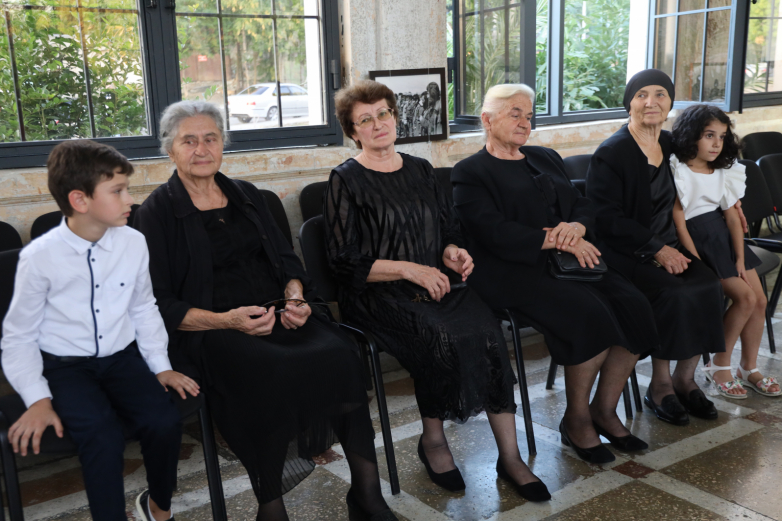
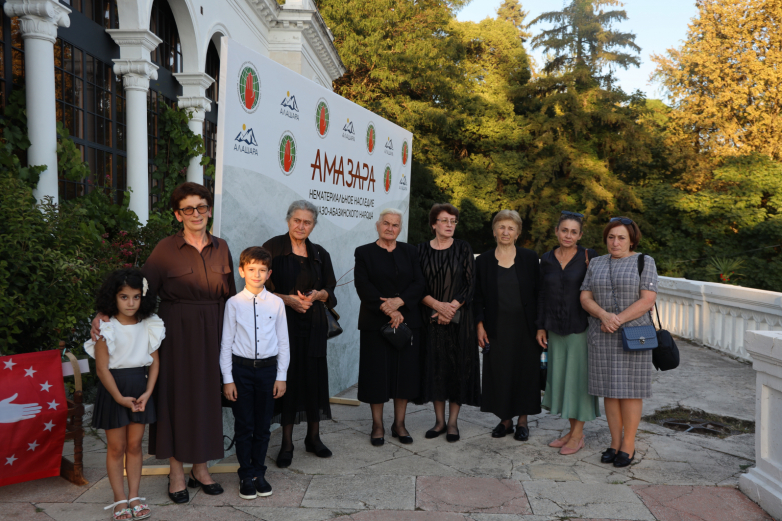
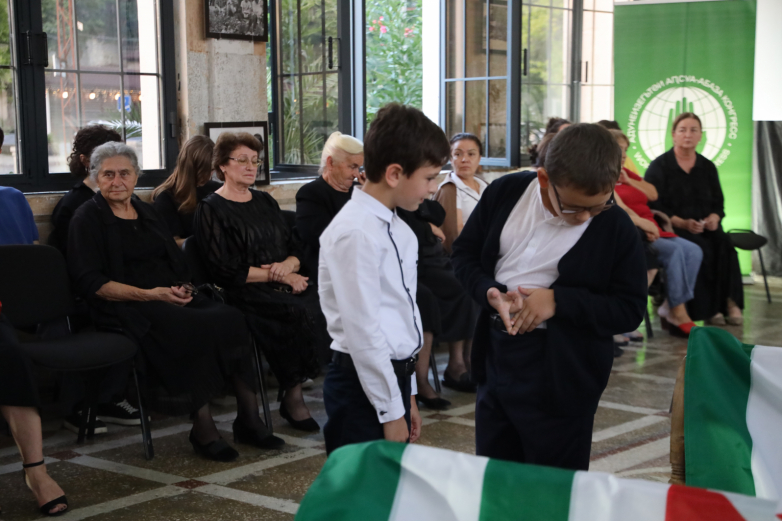
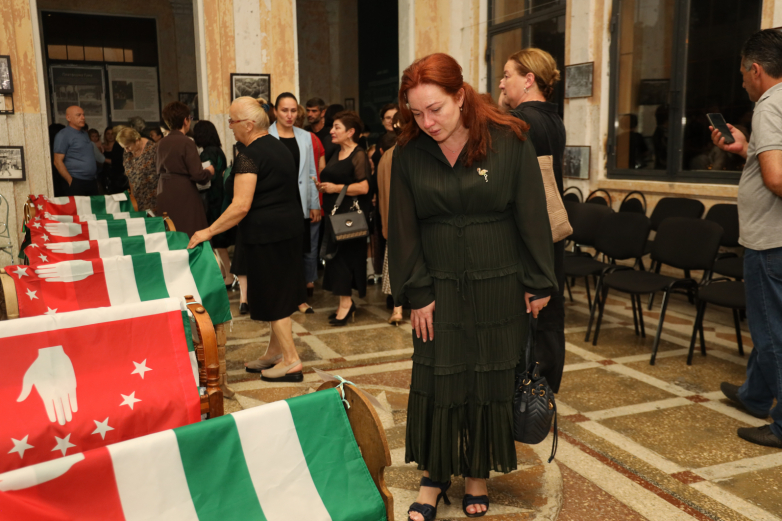
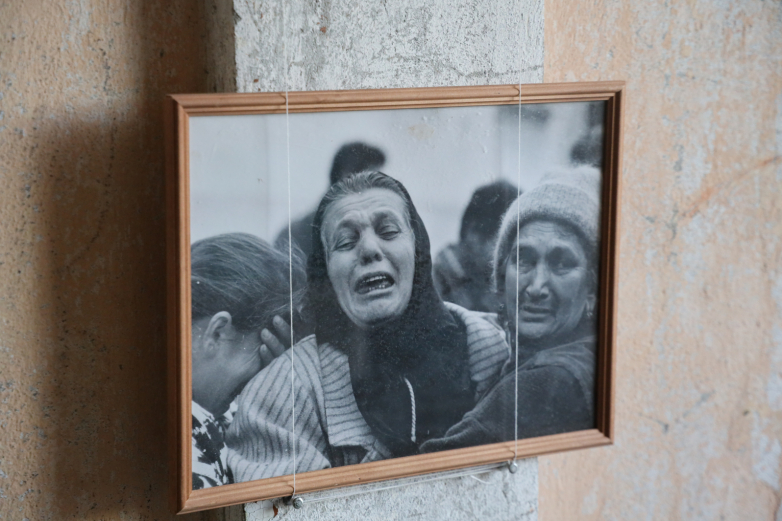
to login or register.